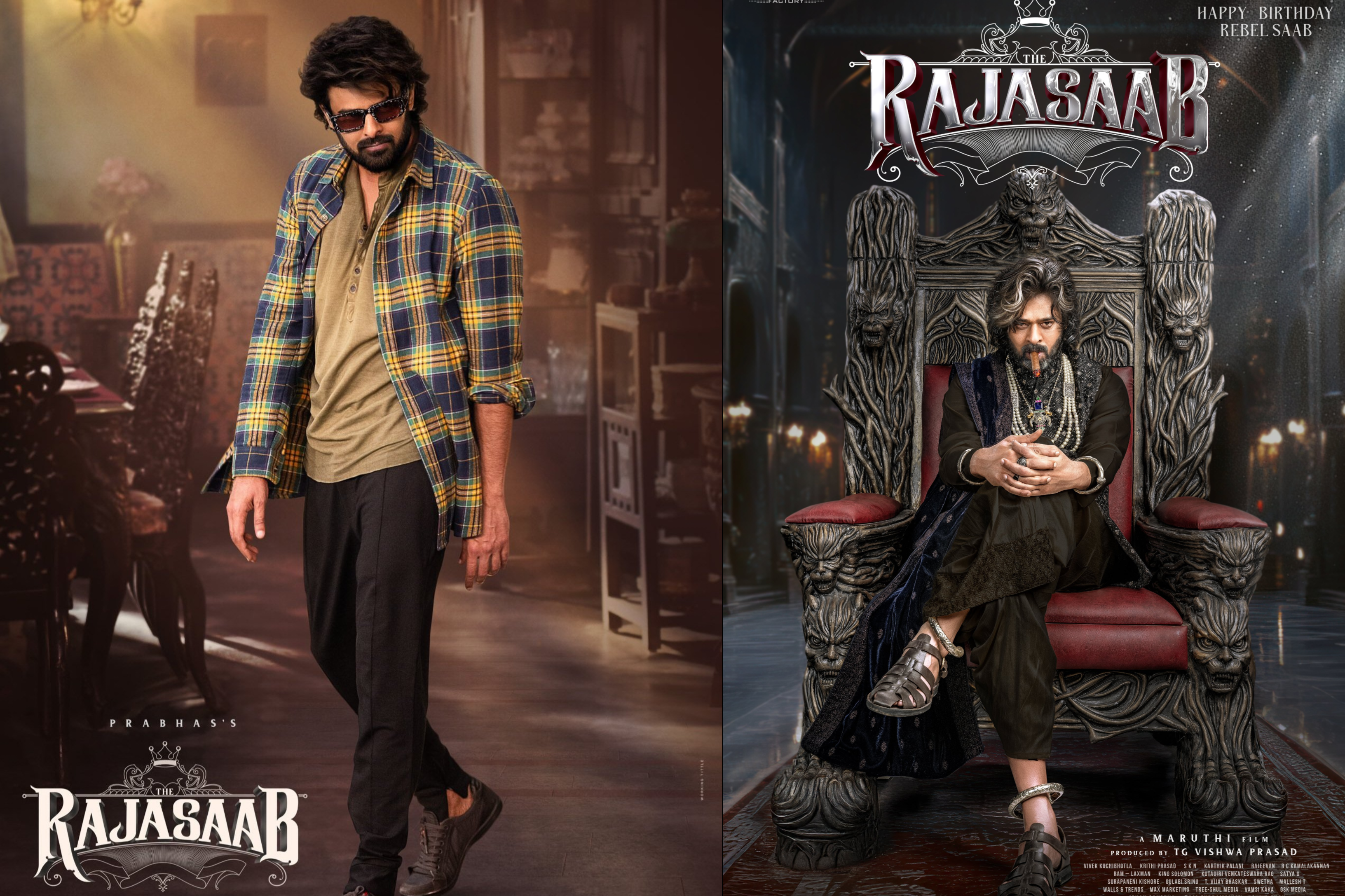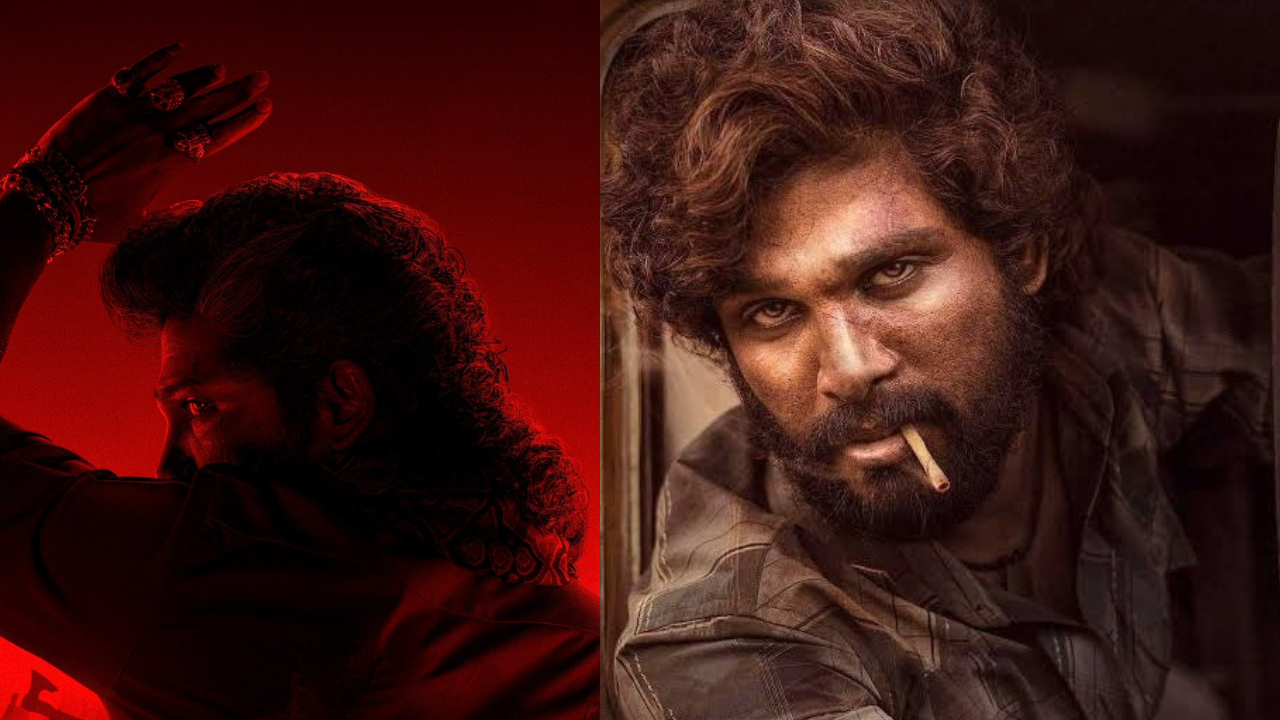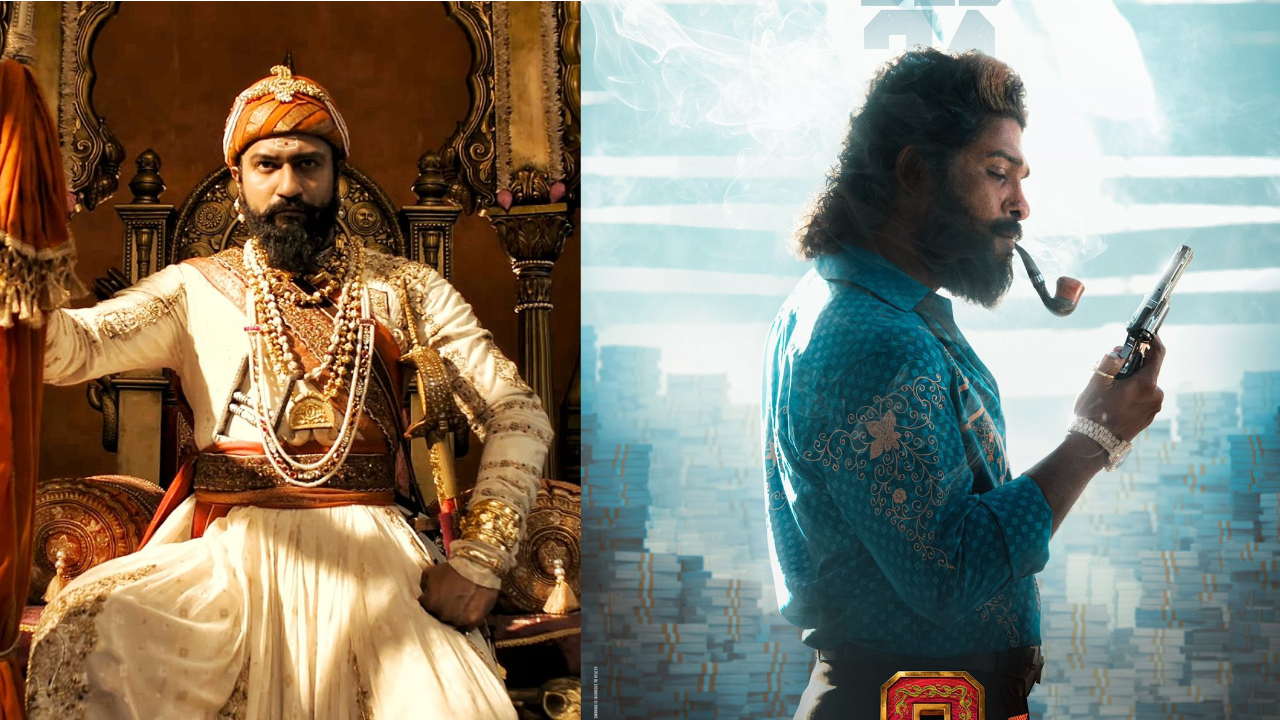Prabhas, the Pan-India star, continues to make headlines with the release of his new look from the upcoming film The Raja Saab. Known for his ability to embody diverse roles, Prabhas’ appearance in this film is causing a stir. The actor sports a distinct gray-shaded look, which has sparked mixed reactions among netizens. While some are appreciative of his willingness to experiment, others have voiced concerns, questioning the drastic departure from his usual style.
What stands out, however, is that despite the criticism, Prabhas remains unfazed, pushing boundaries and embracing different genres in his post-Baahubali career. Since the historic success of Baahubali, Prabhas has made it a point to break out of the traditional mold and take on projects that challenge both him and the audience. This boldness has come with both praise and trolling, but Prabhas has continued to evolve as an actor.
Films like Saaho, Radhe Shyam, Salaar, and the highly anticipated Kalki 2898 AD are examples of his varied choices, where he moved from action to romance, and futuristic science fiction, all within a short span. This constant reinvention is what makes him stand out as a true pan-India star. Despite facing criticism for his looks and style in some of these films, his box office success tells a different story, with Salaar Part 2: Shouryanga Parvam already generating immense buzz and Kalki 2 expected to break new ground.
In an industry where stars often play it safe, Prabhas is taking risks, and it seems to be paying off. As fans eagerly await The Raja Saab, this gray-shaded avatar may once again show that the actor’s strength lies in his willingness to try something different, keeping his audience engaged and excited.
Ultimately, Prabhas has proven that he is more than just a star confined to a certain image. He is an actor with a vision, unafraid to face challenges head-on, even if it means receiving mixed feedback. After all, his constant evolution, both in appearance and choice of roles, has kept him relevant in the ever-changing landscape of Indian cinema.



